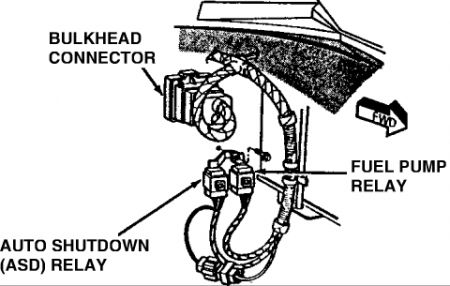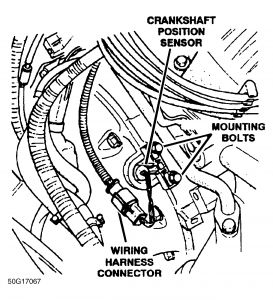Hello -
Thanks for the info. This could be numerous things. It is obvious the vehicle has been outstanding to you since there is a large number of miles on it.
I know you have accomplished checks and replaced the items stated. At one part you said you replaced the plug wires. . .. . .you did replace the plugs too didn't you?
This is what I suggest. I know you have check this but if you would again. You can go to Auto Zone or O'Reilly's and they can check to see if your car has any DTC codes for free. Make sure if it does and you don't fix it and you need to get back with us you tell us the code number and what they said the code meant. Also while there have them pull their tester out and for free they can check your battery, alternator and starter.
Next - even though you have replaced the fuel pump and filter, that doesn't mean you are getting good fuel pressure and consistent pressure. Please check the fuel pressure.
Also please check the compression and let me know what each cylinder is.
My initial thought is it may be a fuel pressure regulator. It has a spring and diaphragm in it. It works off the vacuum of the manifold and regulates the fuel to the rails.
You might also check the ASD and fuel pressure relay. They may be getting hot. They do have a lot of miles on them. I have attached the checks or you could just replace them.

NOTES:
The following operations/tests apply to these relays only: Automatic Shutdown (ASD) and Fuel Pump.
The relay terminal numbers can be found on the bottom of the relay:
Terminal number 30 is connected to battery voltage and can be switched or B + (hot) at all times. Terminal number 87A is connected (a circuit is formed) to terminal 30 in the de-energized (normally OFF) position.
Terminal number 87 is connected (a circuit is formed) to terminal 30 in the energized (ON) position. Terminal number 87 then supplies battery voltage to the component being operated.
Terminal number 86 is connected to a switched (+) power source.
Terminal number 85 is grounded by the Engine Controller.
PROCEDURE
Remove relay before testing.
Using an ohmmeter, perform a resistance test between terminals 85 and 86. Resistance value (ohms) should be 75 ±5 ohms for resistor equipped relays.
Connect the ohmmeter between terminals number 87A and 30. Continuity should be present at this time.
Connect the ohmmeter between terminals number 87 and 30. Continuity should not be present at this time.
Use a set of jumper wires (16 gauge or smaller). Connect one jumper wire between terminal number 85 (on the relay) to the ground side (-) of a 12 Volt power source.
Attach the other jumper wire to the positive side (+) of a 12V power source. Do not connect this jumper wire to relay at this time. CAUTION: Do not allow the ohmmeter to contact terminals 85 or 86 during these tests. Damage to ohmmeter may result.
Attach the other jumper wire (12V +) to terminal number 86. This will activate the relay. Continuity should now be present between terminals number 87 and 30. Continuity should not be present between terminals number 87A and 30.
Disconnect jumper wires from relay and 12 Volt power source.
If continuity or resistance tests did not pass, replace relay.
Friday, October 31st, 2008 AT 12:47 AM







